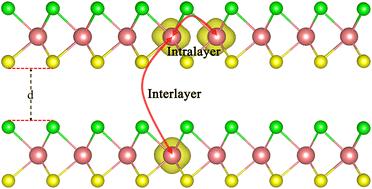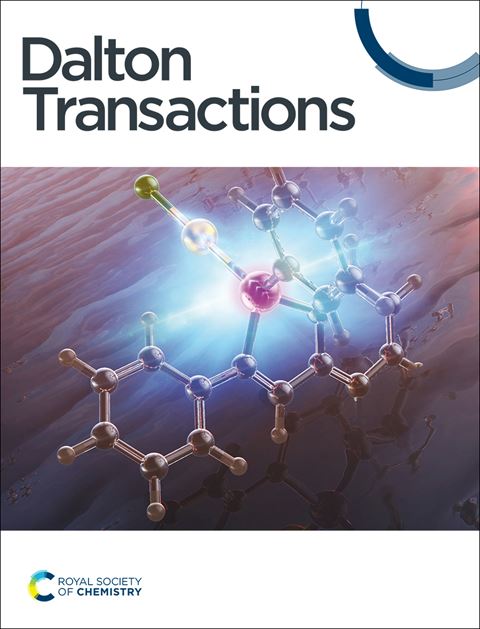Tunable transport mode of polaron in polarized Janus MoSSe few-layer structures: a constrained density functional theory study
IF 3.5
3区 化学
Q2 CHEMISTRY, INORGANIC & NUCLEAR
引用次数: 0
Abstract
The transport properties of polarons in a heterostructure are of great importance, since they can effectively affect the efficiency of photoelectric devices. However, the underlying mechanism of the polaron transfer rate and mode along intralayers or interlayers is still far from conclusive. Here, the stability and transport behaviors of polarons in polarized MoSSe few-layer structures were systematically investigated by constrained density functional theory (CDFT). It shows that the electron polarons in a MoSSe monolayer are more stable but have a smaller transfer rate than that of the hole polarons. Although the stability of the polarons will be slightly decreased by forming a parallel polarization heterostructure, the magnitude of the electron polaron transfer rate can be remarkably increased by 5 times and 71 times in their double- and three-layer case. In particular, it was unexpected to find that the original transfer mode along intralayer (in-plane) in monolayer can be completely overturned to along the interlayer (out-of-plane) by forming different stackings or increasing the MoSSe thickness. This unique behavior is strongly related to the polarization and the synergy effect of electronic coupling Hαβ and reorganization energy λ. Our findings offer a new perspective for the application of Janus MoSSe structures in optoelectronic devices and further advancement in the field of polarized low-dimensional materials.

求助全文
约1分钟内获得全文
求助全文
来源期刊

Dalton Transactions
化学-无机化学与核化学
CiteScore
6.60
自引率
7.50%
发文量
1832
审稿时长
1.5 months
期刊介绍:
Dalton Transactions is a journal for all areas of inorganic chemistry, which encompasses the organometallic, bioinorganic and materials chemistry of the elements, with applications including synthesis, catalysis, energy conversion/storage, electrical devices and medicine. Dalton Transactions welcomes high-quality, original submissions in all of these areas and more, where the advancement of knowledge in inorganic chemistry is significant.
 求助内容:
求助内容: 应助结果提醒方式:
应助结果提醒方式:


